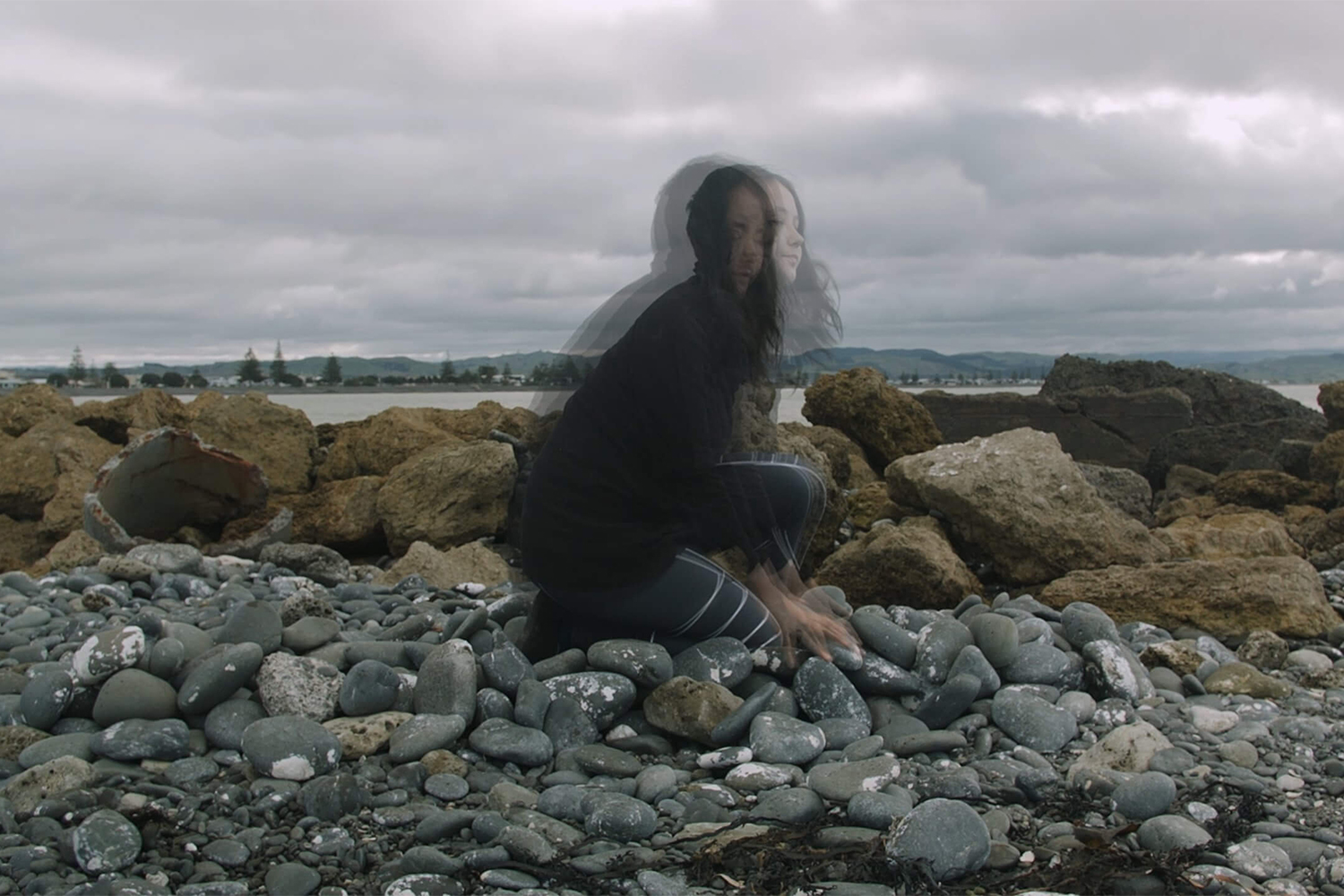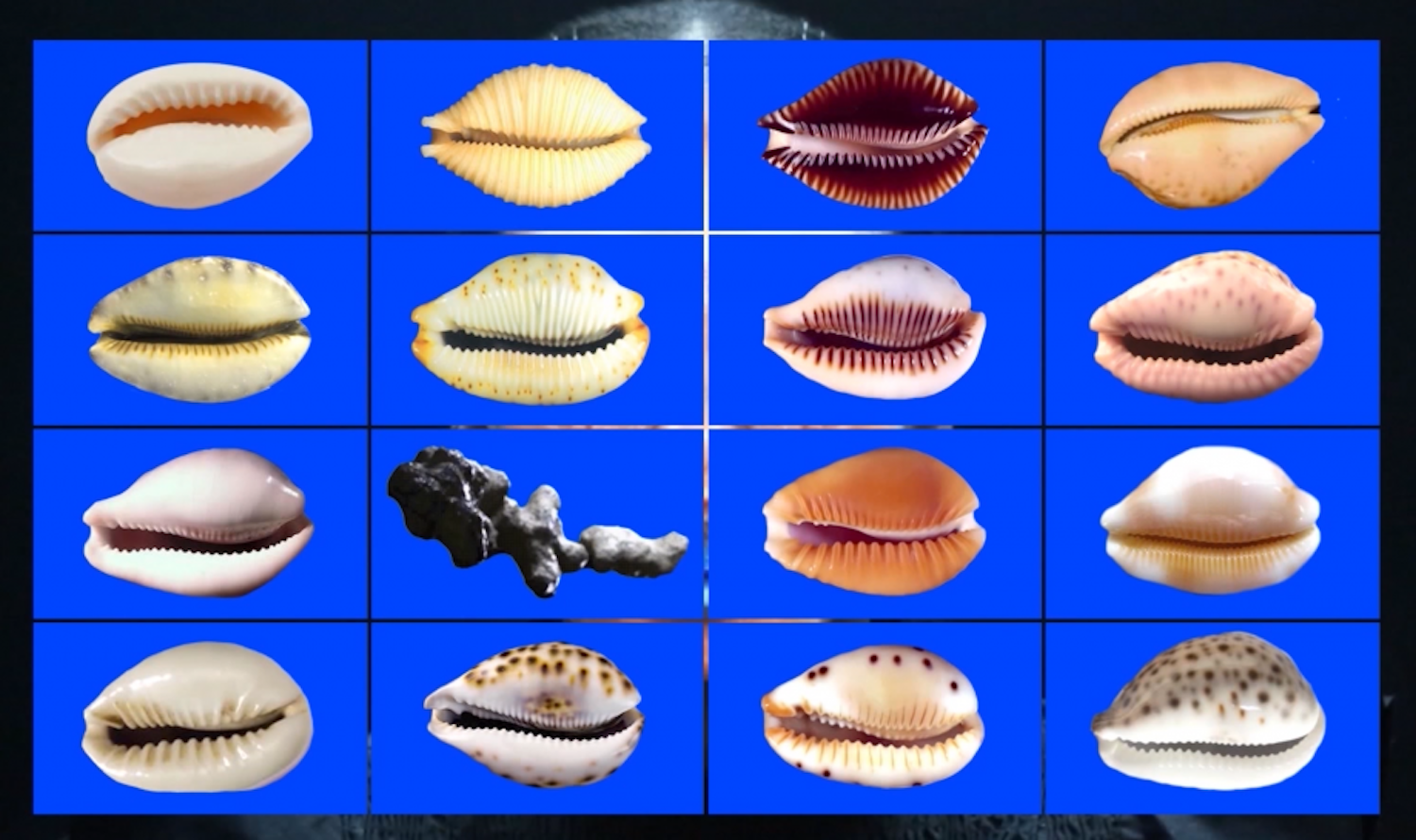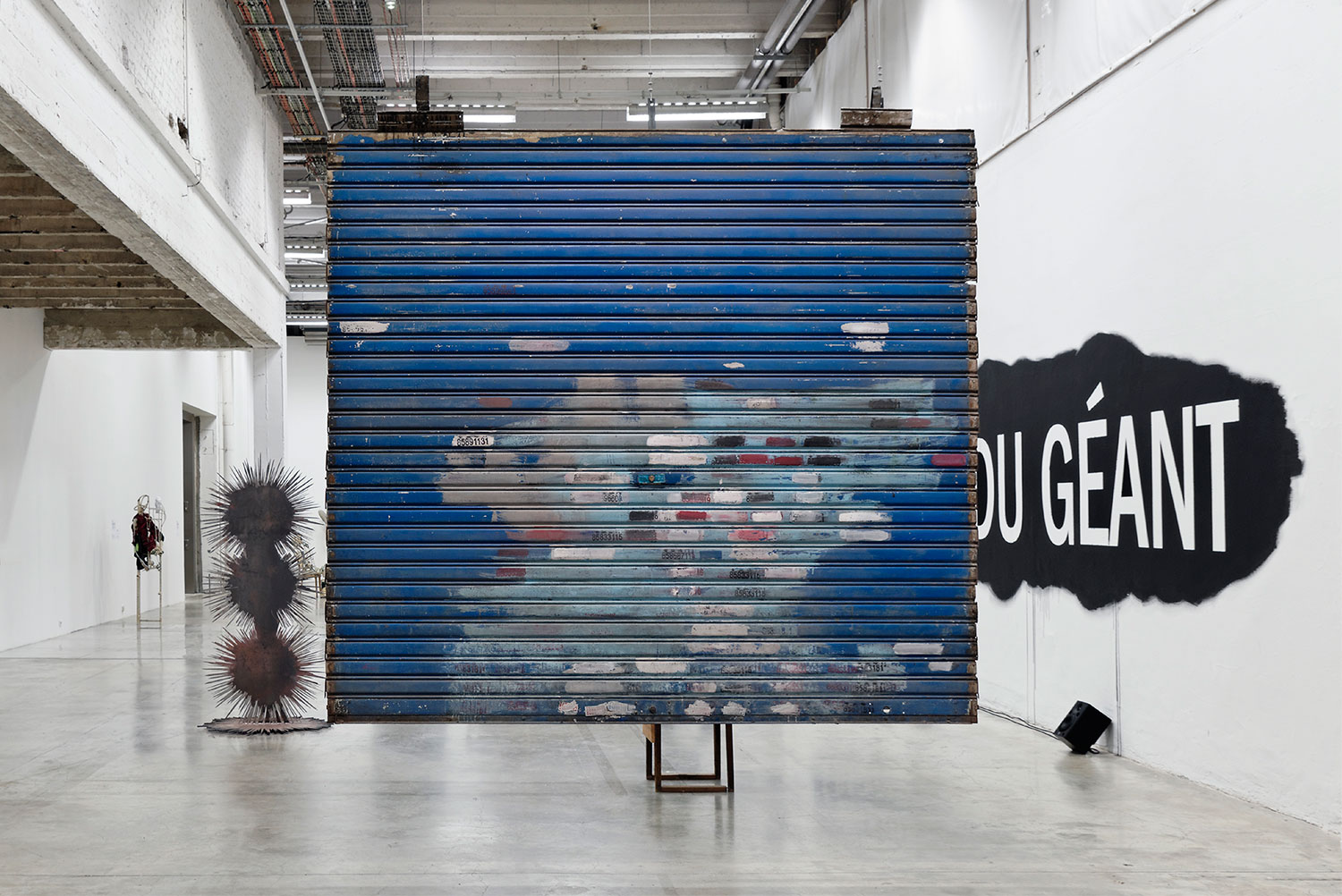
The relationships between human beings and nature are some of our most stimulating contemporary preoccupations, in that they put into question the ideological basis of our ways of doing and of thinking. In this respect, within a few years, ecological events have given rise to a merging of essential issues, which are political, economic, scientific, moral, societal and, of course, aesthetic. This is an alinement of affects, as if they were planets, and artistic creation is beholden to it.
In reply, there are no injunctions to “go back” to former, so-called virtuous models, but rather to invent other types of relationships with our environments, based on what we have learned from anthropology, ethology and ecofeminism. In other words, this involves an inversion of rights and duties in the spheres of life, a contestation of human domination, a reconsideration of non-humans as subjects and no longer as objects and, overall, a system of relationships that are in motion within ecosystems, rather than power balances.
This season of the Palais de Tokyo, “Reclaim the Earth,” evokes not only the relationships between bodies and the earth, the disappearance of some species of flora and fauna, or the transmission of minoritized narratives and knowledges, but also spirits, biological energies, agriculture, gardening and winemaking. It thus resonates with all these various questions which, from a certain viewpoint, come down to the same thing. From the arts to crafts, without forgetting activism, this season is thus intrinsically an ecosystem of forms derived from an ecological thought process, not as an end itself but as a way of sharing other energies and other breaths of life that animate today’s forms and ideas.
—Guillaume Désanges, President of the Palais de Tokyo
Exhibitions
“Reclaim The Earth”
A wake-up call as much as a rallying cry, this collective exhibition develops new connections with the environment, moving away from a Eurocentric vision of the world. By bringing together ecology, feminism and Indigenous politics, it imagines ways out of an extractivist society.
With: Abbas Akhavan, Amakaba x Olaniyi Studio, asinnajaq, Huma Bhabha, Sebastián Calfuqueo, Megan Cope, D Harding, Karrabing Film Collective, Kate Newby, Daniela Ortiz, Solange Pessoa, Yhonnie Scarce, Thu-Van Tran, Judy Watson
Mimosa Echard, “Sporal”
A collaborative project centering on the artist’s research into myxomycetes, unicellular organisms whose sporification inspires her a fluid and ambiguous universe. With an original videogame as a starting point, a multitude of sources and gestures are superimposed, fusing natural and industrial materials.
Hélène Bertin and César Chevalier, “Couper le vent en trois”
The exhibition gives free reign to joyous experimentation, collective work and the unique sensitivity that arises from the porous domains of art, horticulture and, viniculture. In their years-long quest for a connected and unifying practice, the two artists share with gestures, works and texts a holistic vision of wine.
Laura Henno, “Ge Ouryao! Pourquoi t’as peur!“
Photographer and filmmaker Laura Henno presents a trio of films shot between 2016 and 2022 in the Comoros archipelago. Her new video installation concludes a body of work that investigates, across the thickness of time, a territory of stark contrasts, riven by migration policies and an omnipresent colonial heritage.
Aïcha Snoussi, “Nous étions mille sous la table”
Borrowing from the aesthetic codes of science fiction and archaeology, and fusing together the temporal extremes of the ancient past and the distant future, the exhibition is part of a long-term project for which the artist gathers the traces of a lost queer civilization.
“A Roof for silence“. designed by Hala Wardé, in collaboration with Etel Adnan with Alain Fleischer—le Fresnoy and Soundwalk Collective
After its presentation as the Lebanese pavilion at the 17th Venice Architecture Biennale in 2021, “A Roof for Silence”, designed by the architect Hala Wardé and the artist and poet Etel Adnan is conceived as a musical score that places various disciplines, forms and periods in resonance with one another to elicit a sensitive experience.
“20 years of le Jardin aux habitant·es“, by Robert Milin
Created in 2002 by the artist Robert Milin, “Le Jardin aux habitant·es” brings together amateur gardeners to maintain a plot of arable land located alongside the Palais de Tokyo. The 20-year anniversary of this garden offers an opportunity to study this living collaborative and artistic process and to celebrate its evolution.
Eva Medin, “Les Aubes Chimériques”
Eva Medin makes extensive use of fiction and science-fiction, but always as part of an acerbic reading of the present. Specially devised scenography and cinematic special effects are used here to create a three-dimensional relief tableau.



